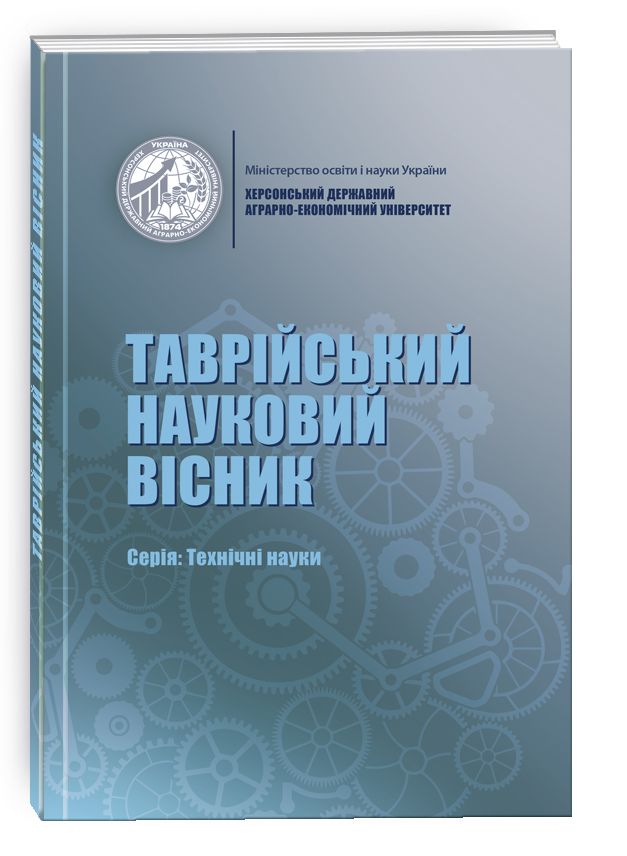ANALYSIS OF MODERN TRENDS IN WATER TREATMENT OF DRINKING HIGH-QUALITY WATER AND SAMPLES OF TECHNOLOGICAL SCHEMES
DOI:
https://doi.org/10.32782/tnv-tech.2023.4.21Keywords:
drinking water, water treatment, filtration, coagulation, disinfectionAbstract
The article provides an overview of the current problems arising in water treatment technologies for drinking water at centralized water treatment facilities. It has been established that high-quality drinking water for the public should be safe, but at the same time, the use of chemical treatment should be minimized for its purification. Therefore, special attention should be paid to the research and improvement of safer biological methods that will contribute to reducing the occurrence. of by-products of water purification, which are formed in the process of its purification. Modern technological schemes for water treatment of drinking water, used for purification in developed countries, are considered, examples of modern technological schemes of water treatment are given. The analysis of technological schemes of purification was carried out and the advantages of each of the directions of water preparation were described. Scientific works devoted to the study of the impact of various technological methods for the preparation of high-quality drinking water have been analyzed. The research of scientists aimed at preparing the study of the impact of water purification methods on the human body has been analyzed. Therefore, the existing technologies of drinking water supply should meet the needs of the population for quality drinking water and try to reduce the accumulation of components of source water that are harmful to human health and life, arising during its treatment. It should be noted that water treatment technologies for high-quality drinking water are developed taking into account the actual capabilities of producers and the quality of source water. Chlorination is the more widely used method of water disinfection in most technological schemes, and the use of chlorinated water for drinking by people can cause an increased risk of carcinogenic diseases and impaired reproductive functions. Today, most modern disinfection technologies increasingly use ultraviolet radiation energy. So, it can be concluded that the choice of drinking water disinfection method depends on the quality of natural water and the technology of its preparation, which should ensure a certain level of biological stability of water, taking into account the state of the water distribution system. Therefore, it is advisable to introduce new efficient and resource-saving technologies in the field of water treatment to reduce the burden on the environment and minimize the amount of water treatment waste.
References
Фізико-хімічні методи очищення води. Управління водними ресурсами / за редакцією І.М. Астреліна, Х. Ратнавіри. К. : «Ніка-Центр», 2015. 614 с.
Технологія води та водопідготовки харчових виробництв. Конспект лекцій для здобувачів вищої освіти першого (бакалаврського) рівня спеціальності 181 «Харчові технології» / Укл.: Буяльська Н.П., Цибуля С.Д., Денисова Н.М. Чернігів : НУ «Чернігівська політехніка», 2022. 83 с.
Технологія та обладнання одержання питної та технічної води. Практикум. Частина 1. [Електронний ресурс] : навчальний посібник для студ. спеціальності 161 «Хімічні технології та інженерія», спеціалізації «Хімічні технології неорганічних речовин та водоочищення» / Н.М. Толстопалова, М.І. Літинська, Т.І. Обушенко. Київ : КПІ ім. Ігоря Сікорського, 2019. 101 с.
Технологія та обладнання одержання питної та технічної води. Практикум. Частина 2. [Електронний ресурс]: навчальний посібник для студ. спеціальності 161 «Хімічні технології та інженерія», спеціалізації «Хімічні технології неорганічних речовин та водоочищення» / Н.М. Толстопалова, М.І. Літинська, Т.І. Обушенко; І.М. Астрелін, О.В. Сангінова. Київ : КПІ ім. Ігоря Сікорського, 2020. 181 с.







